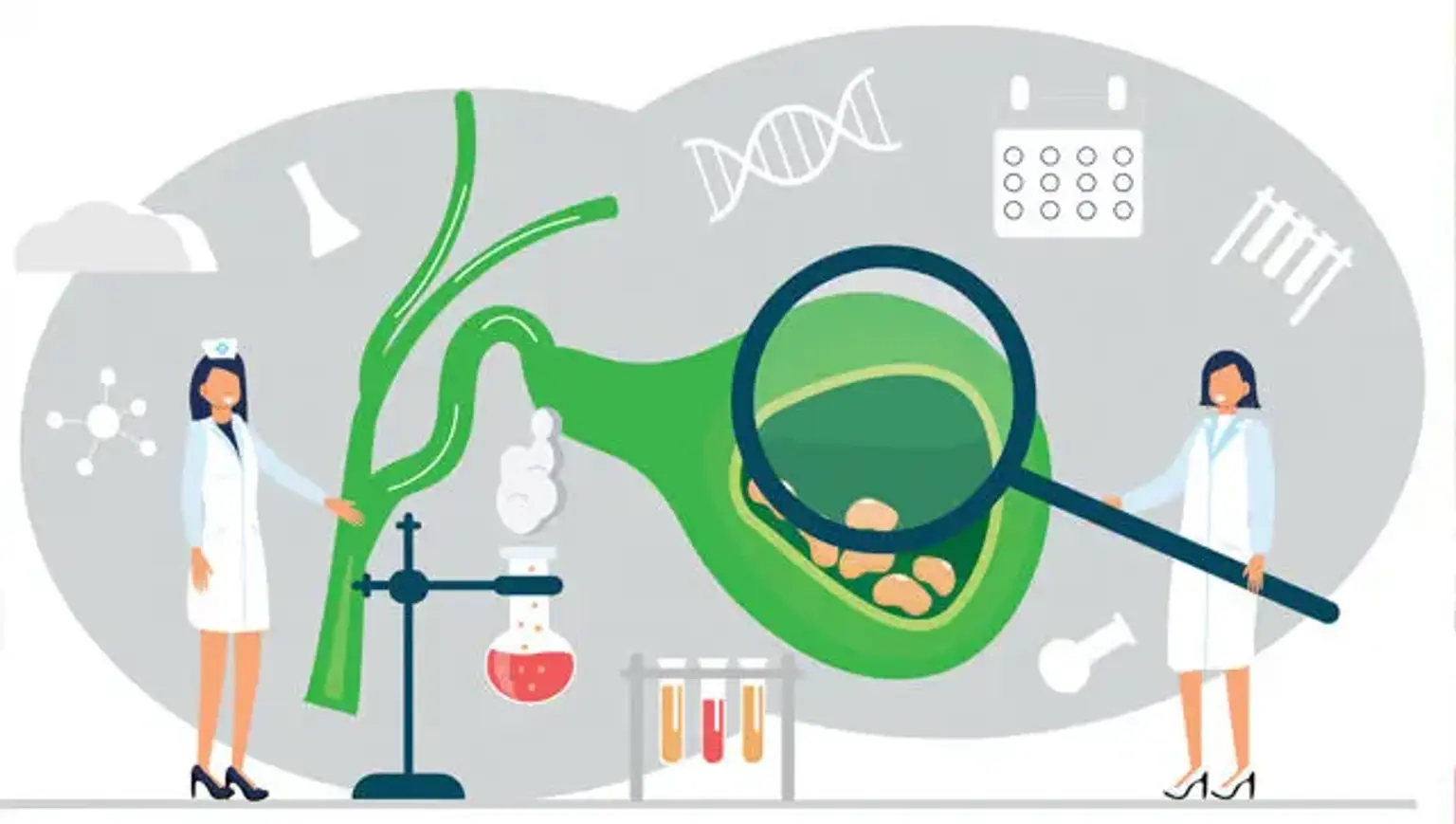Introduction
Gallstones are small, hardened deposits that form in the gallbladder, an organ located beneath the liver. The gallbladder stores bile, a digestive fluid that helps break down fats in the foods we eat. When the balance of substances in the bile is disturbed, solid stones may form.
Gallstones can cause discomfort and lead to severe complications, such as blocking bile ducts, which can result in inflammation, infection, or even liver damage. Early diagnosis and treatment are essential to prevent these complications. In South Korea, gallstone treatment has become common due to its prevalence, especially among middle-aged individuals and those with high-risk factors like obesity or poor diet.
What Are Gallstones?
Gallstones are solid particles in the gallbladder, mostly made from cholesterol or bile pigments. There are two main types:
Cholesterol Gallstones: The most common type, formed when the liver produces too much cholesterol.
Pigment Gallstones: Smaller, darker stones made from excess bilirubin, a substance produced when red blood cells break down.
Though many people with gallstones don't experience symptoms, they can develop gallstone disease if the stones block bile ducts or irritate the gallbladder, leading to pain, infection, or even organ damage. The risk of developing gallstones is influenced by factors like obesity, high-fat diets, and family history.
